
Post by : Priya
Photo:Reuters
In a historic step for the future of education, UNESCO and Google have partnered to introduce a worldwide learning program for students between the ages of 12 and 16. This new school curriculum, designed to be simple and accessible, will help young learners understand the use of smart digital tools in daily life. The project aims to prepare the next generation to be thoughtful, careful, and responsible users of modern digital systems.
The partnership between UNESCO, the United Nations agency responsible for global education and culture, and Google, one of the world’s leading technology companies, marks a major milestone in global education. The project is already being introduced in schools across more than 40 countries, with materials translated into over 20 languages to support teachers and students everywhere.
Why This Program Matters
The world is changing quickly. Today, smart technology is part of everything—schools, hospitals, banks, shopping, and even farming. It is no longer just for computer experts. Children are growing up surrounded by smartphones, digital learning apps, online videos, and smart home devices. But while children are using these tools daily, many don’t fully understand how they work, what their effects are, or how to use them safely.
That’s where this new global program steps in. It’s not just about teaching students how to use digital tools—it’s about helping them think about how these tools work, why they are important, and how they affect our everyday choices.
The goal is simple: to teach students how to use smart technology with care, understanding, and fairness.
What the Program Includes
The new school program is structured like a regular subject, with classroom discussions, hands-on activities, real-life examples, and small group projects. It is designed to fit into existing school systems and can be taught by regular school teachers after basic training.
Some of the key topics include:
To make it easier for teachers, the program also includes simple teaching guides, worksheets, videos, and quizzes. Schools with limited internet access can also use offline versions or printed materials.
Worldwide Rollout and Language Access
UNESCO has confirmed that the program is being introduced in over 40 countries across Asia, Africa, Europe, and Latin America. Countries like India, Kenya, Brazil, France, and the Philippines are among the early adopters. By 2026, it is expected that more than 10 million students will have access to this learning material.
Google has created an online platform where all the materials are freely available. Any teacher, student, or school around the world can download and use the program, with or without internet access.
This open access approach means that even schools in rural or low-income areas can take part. The materials are being translated into over 20 languages, ensuring that every student can learn in their own language and connect the lessons to their own life.
Giving Teachers the Tools to Teach
One of the strongest parts of the project is its support for teachers. The program includes a training module that helps teachers understand how to deliver lessons effectively—even if they are not technology experts themselves.
UNESCO believes that teachers play a key role in shaping the digital future of students. When teachers are confident and informed, they can pass that knowledge to students in a more engaging way. Many countries are planning to include this training in their teacher development programs.
Making Students Think, Not Just Follow
A major aim of the program is to help children think, not just follow instructions. It encourages students to explore questions like:
By asking such questions, students will develop critical thinking skills that will help them in school, work, and life. This is especially important in today’s world where false information, scams, and online bullying are common.
The curriculum also encourages students to work together in small projects, such as creating posters or presentations that show what they’ve learned about using digital tools wisely.
Reaching Every Corner of the World
UNESCO and Google are paying special attention to areas that lack resources or have limited access to internet and digital devices. In these regions, the program is being adjusted to work without electricity or Wi-Fi. Printed materials and portable learning kits are being prepared so that every child, no matter where they live, has the same chance to learn.
This focus on equality makes the program stand out. It is not only for the rich or urban areas, but for every child, from mountain villages in Nepal to classrooms in central Africa.
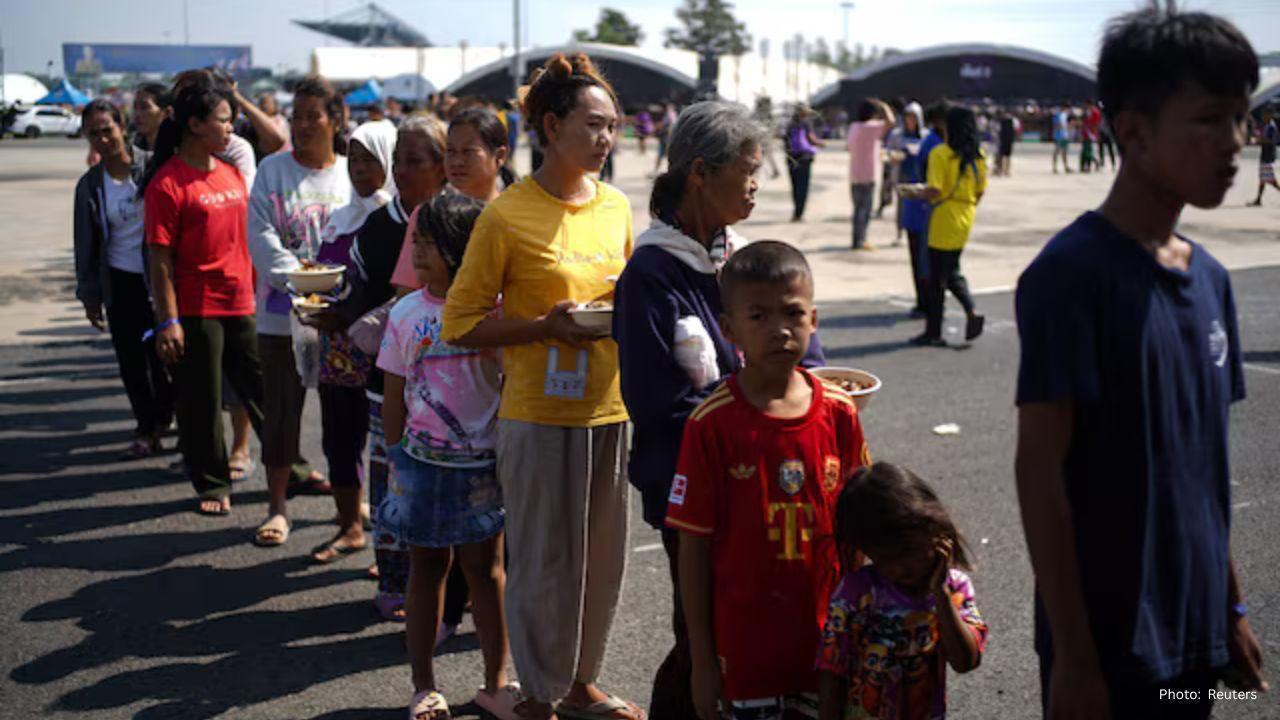
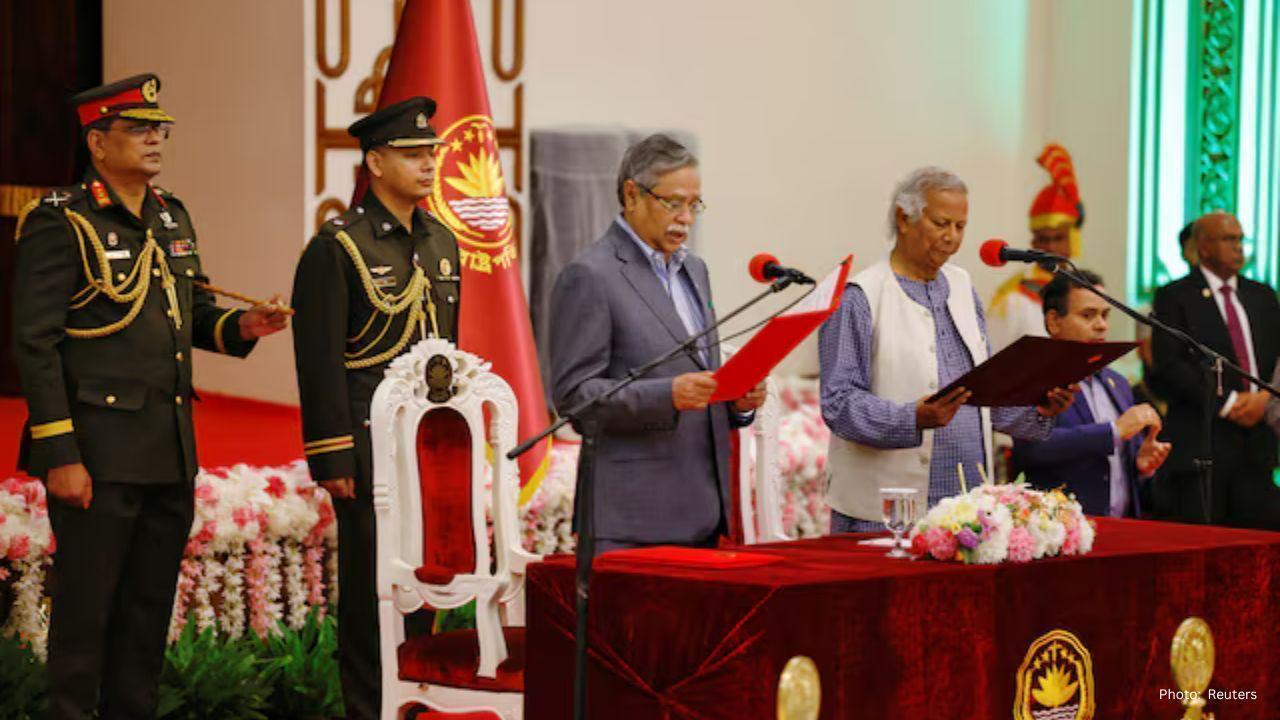
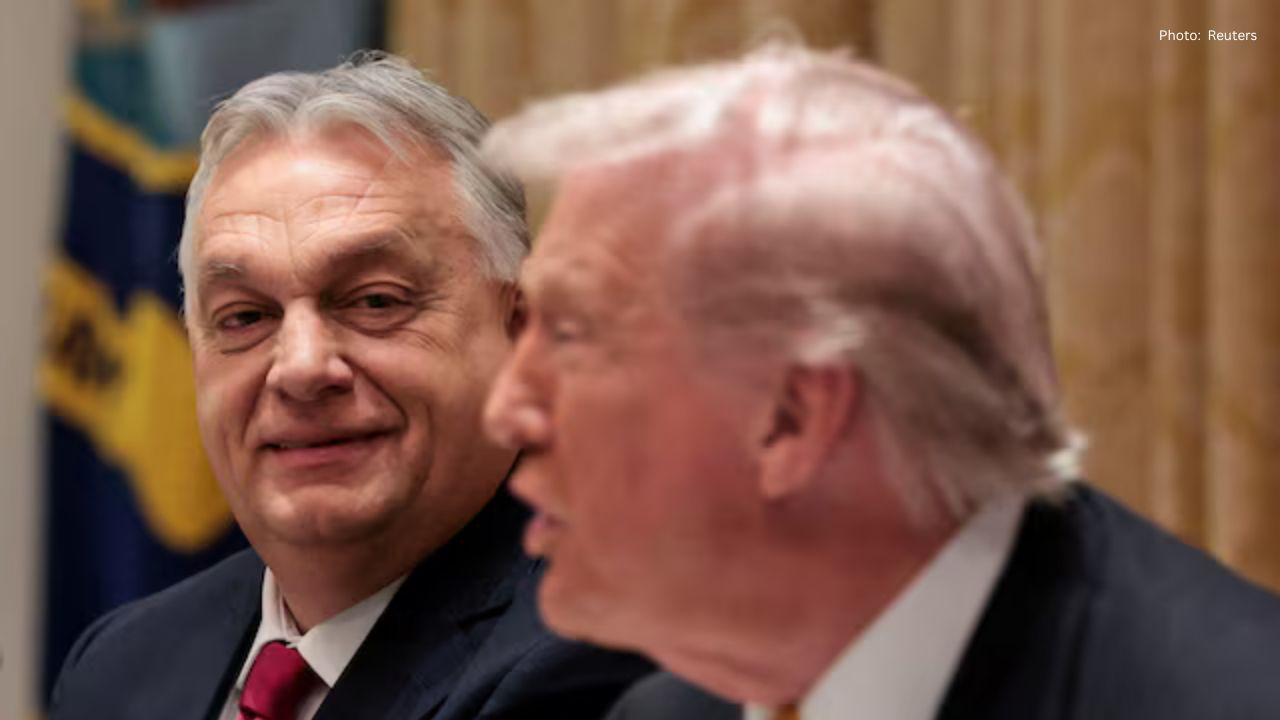

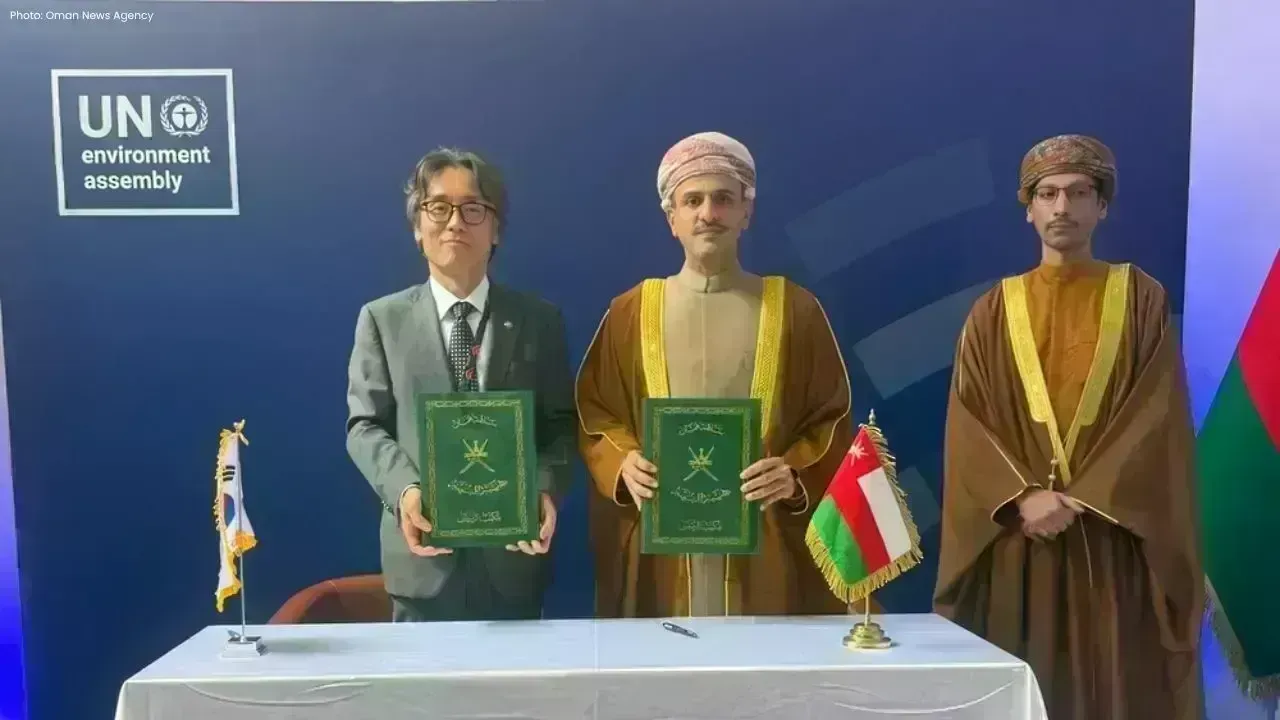
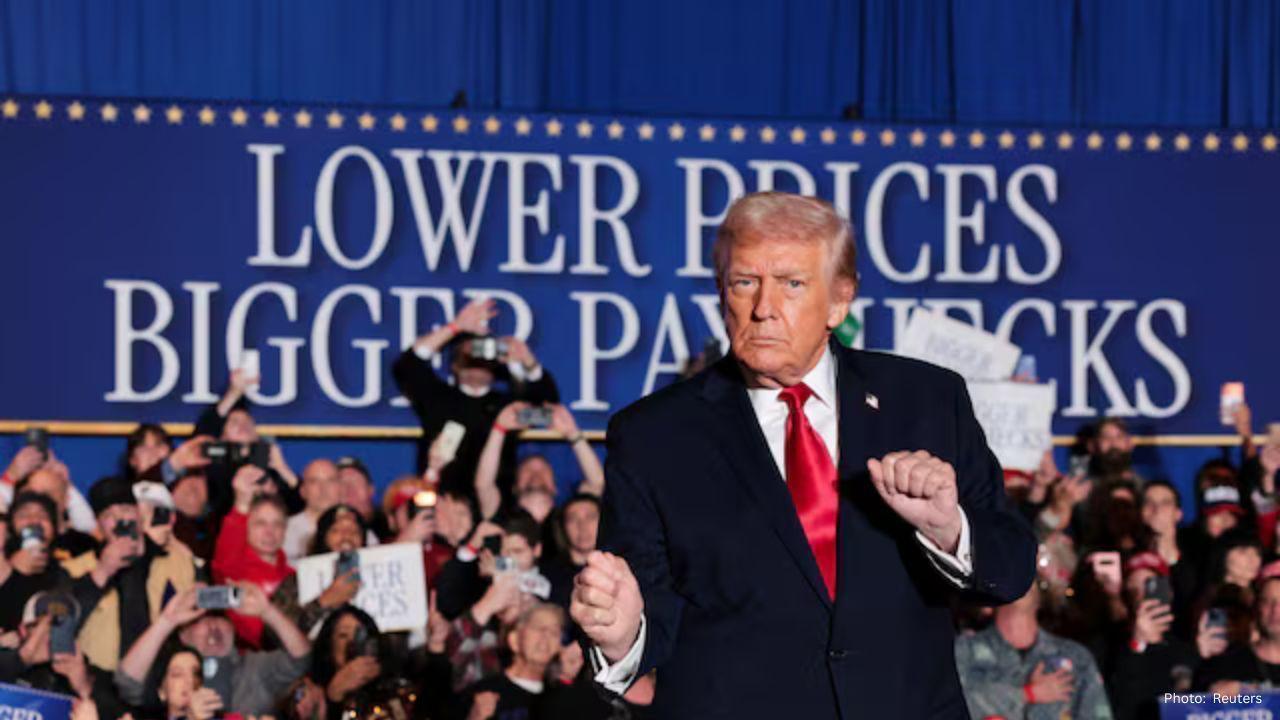
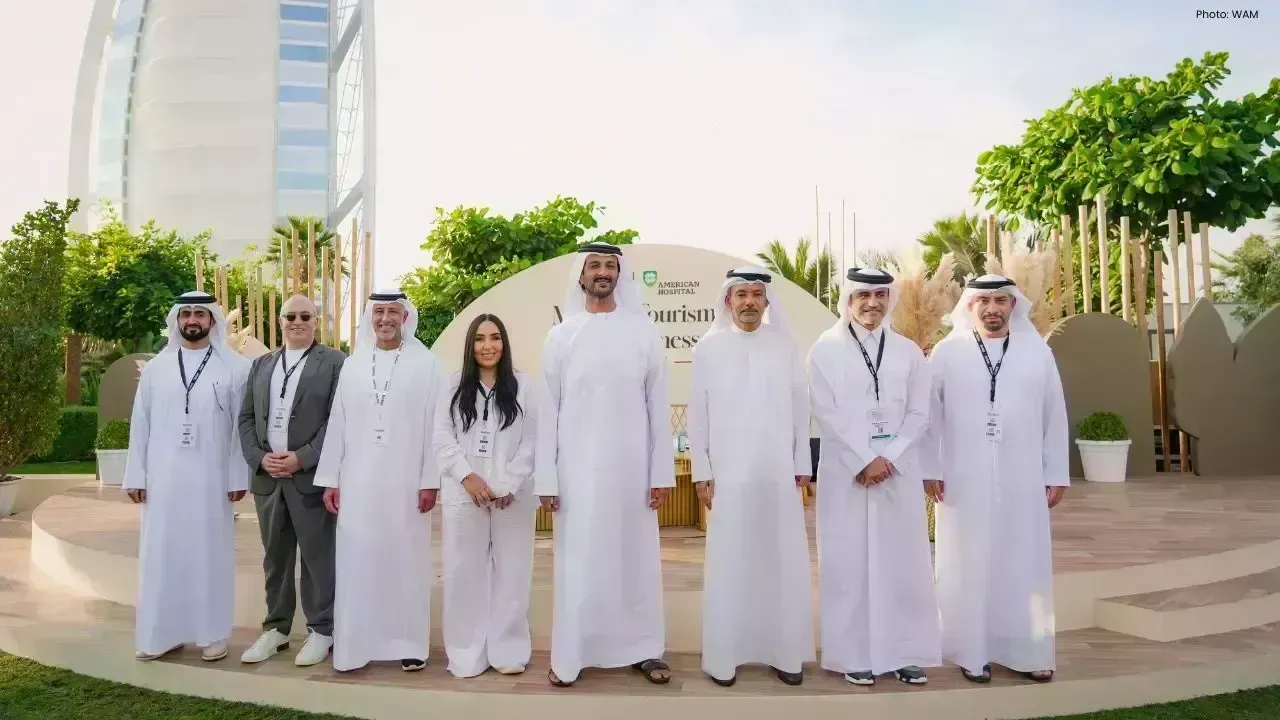
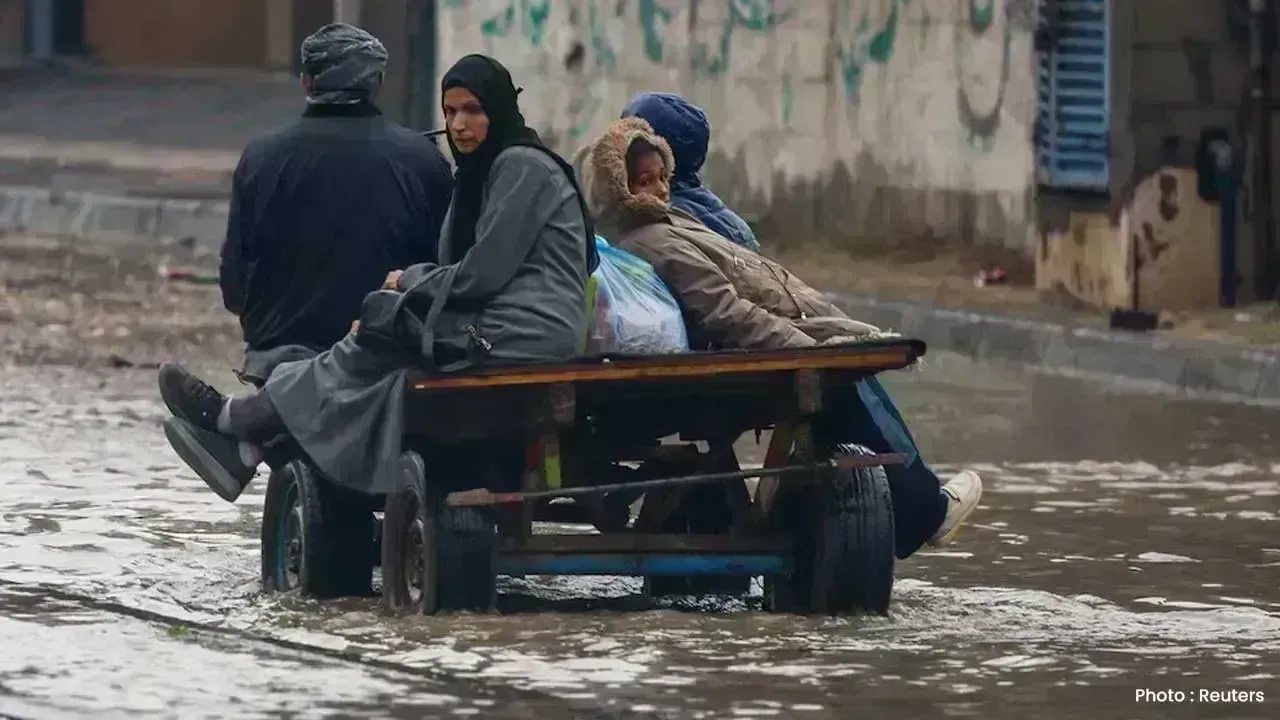
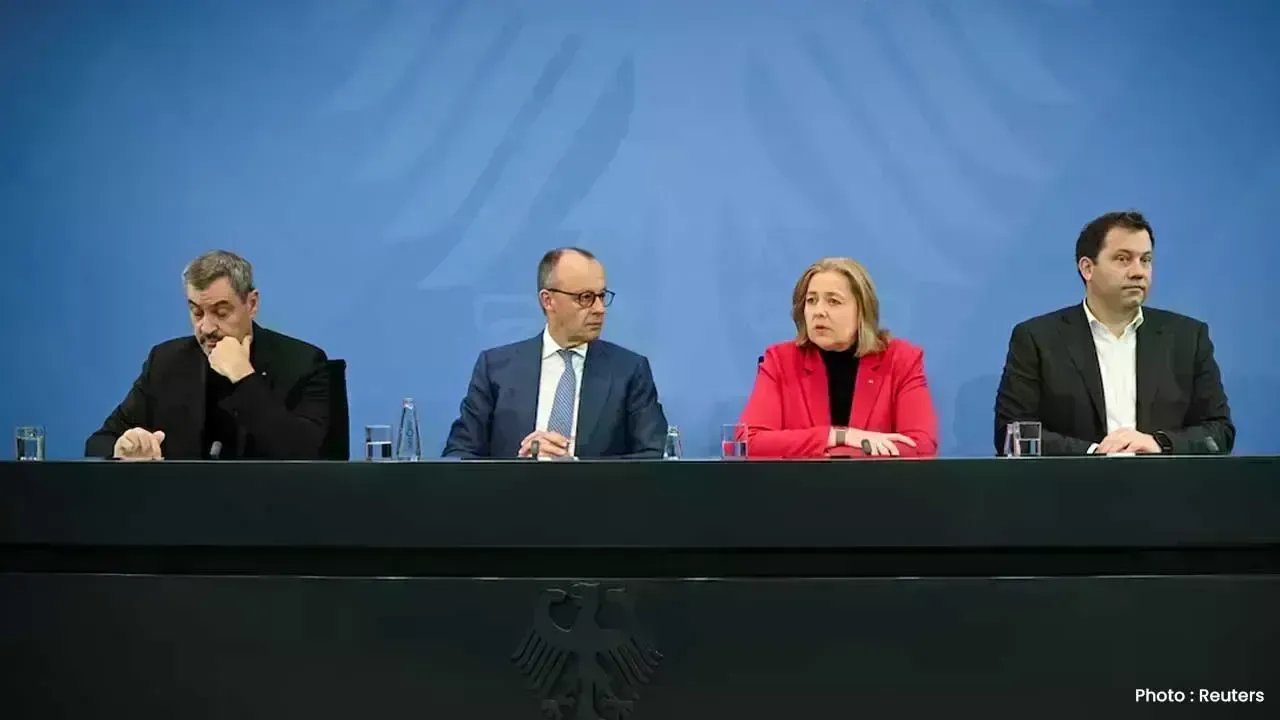
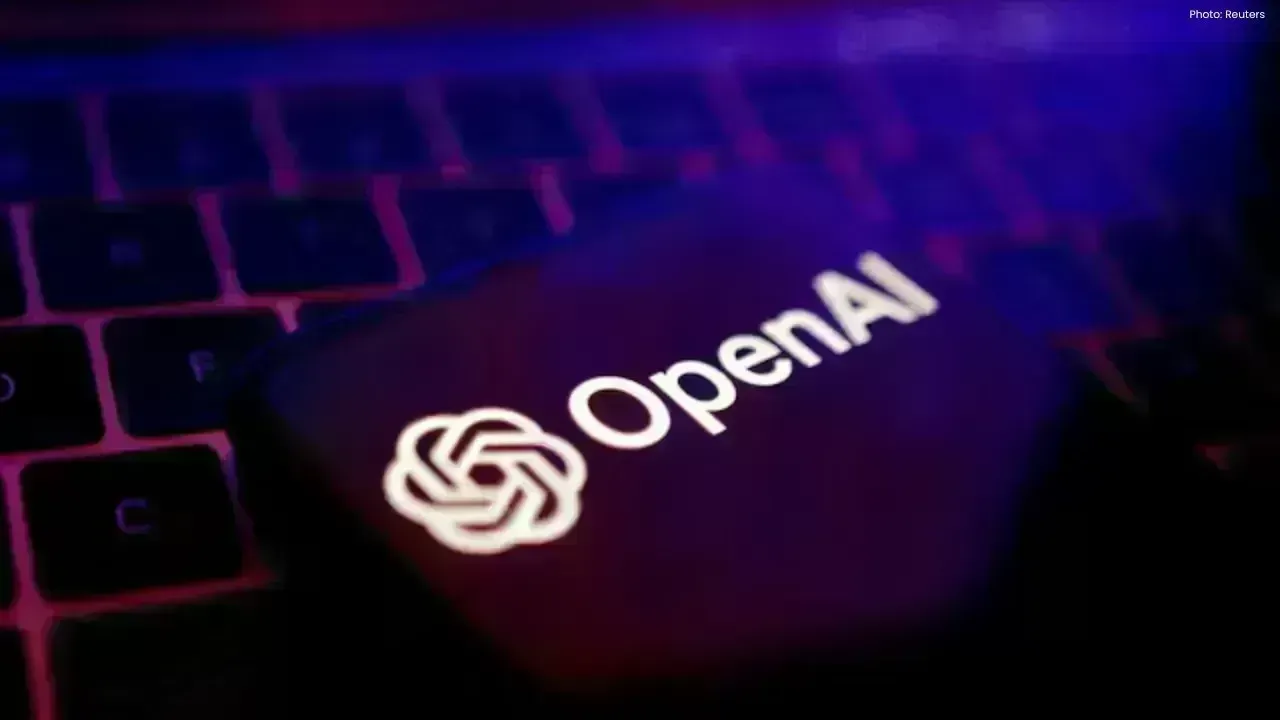
OpenAI Highlights Growing Cybersecurity Threats from Emerging AI Technologies
OpenAI has raised alarms about the increasing cyber risks from its upcoming AI models, emphasizing s
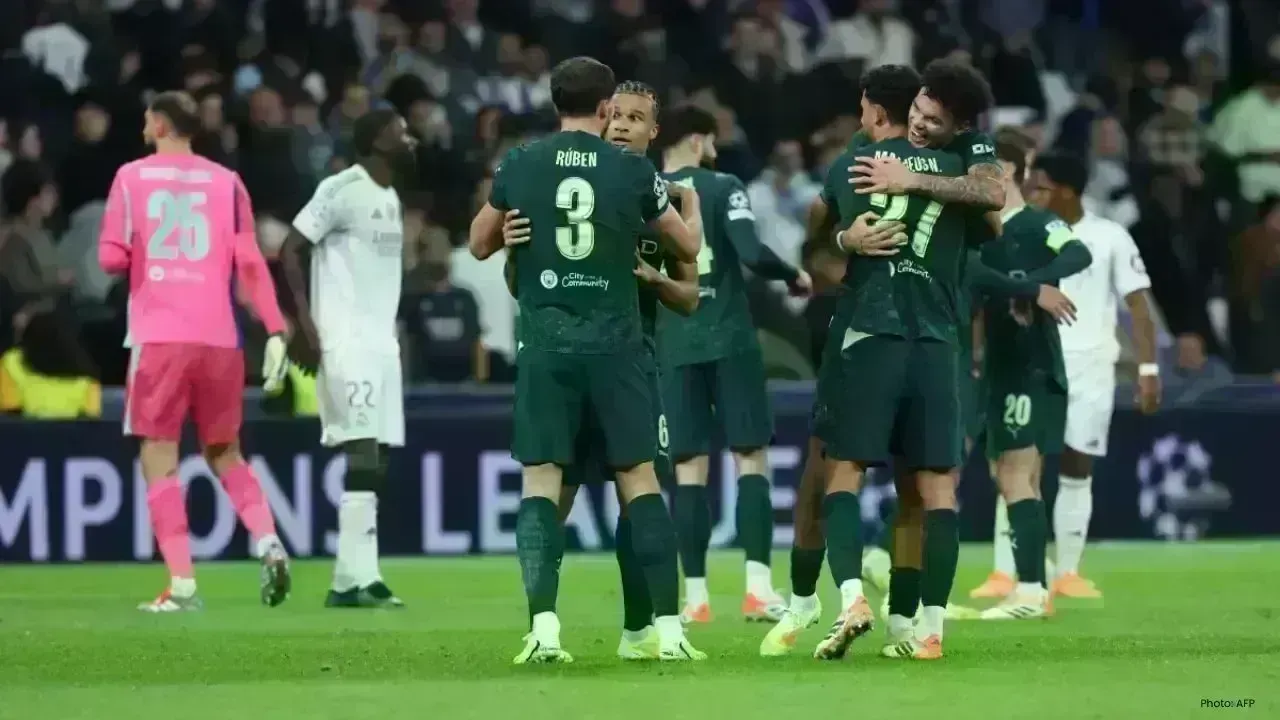
Manchester City Triumphs 2-1 Against Real Madrid, Alonso Faces Increased Scrutiny
Manchester City secured a 2-1 victory over Real Madrid, raising concerns for coach Xabi Alonso amid

Cristiano Ronaldo Leads Al Nassr to 4-2 Victory Over Al Wahda in Friendly Face-Off
Ronaldo's goal helped Al Nassr secure a 4-2 friendly win over Al Wahda, boosting anticipation for th

Landon Donovan Challenges Australia Coach on World Cup Prospects
Landon Donovan counters Australia coach Tony Popovic’s optimism for the World Cup, expecting an earl

Mercedes-Benz Forms Landmark Partnership with WTA
Mercedes-Benz and the WTA unveil a significant partnership effective January 2026, with major invest
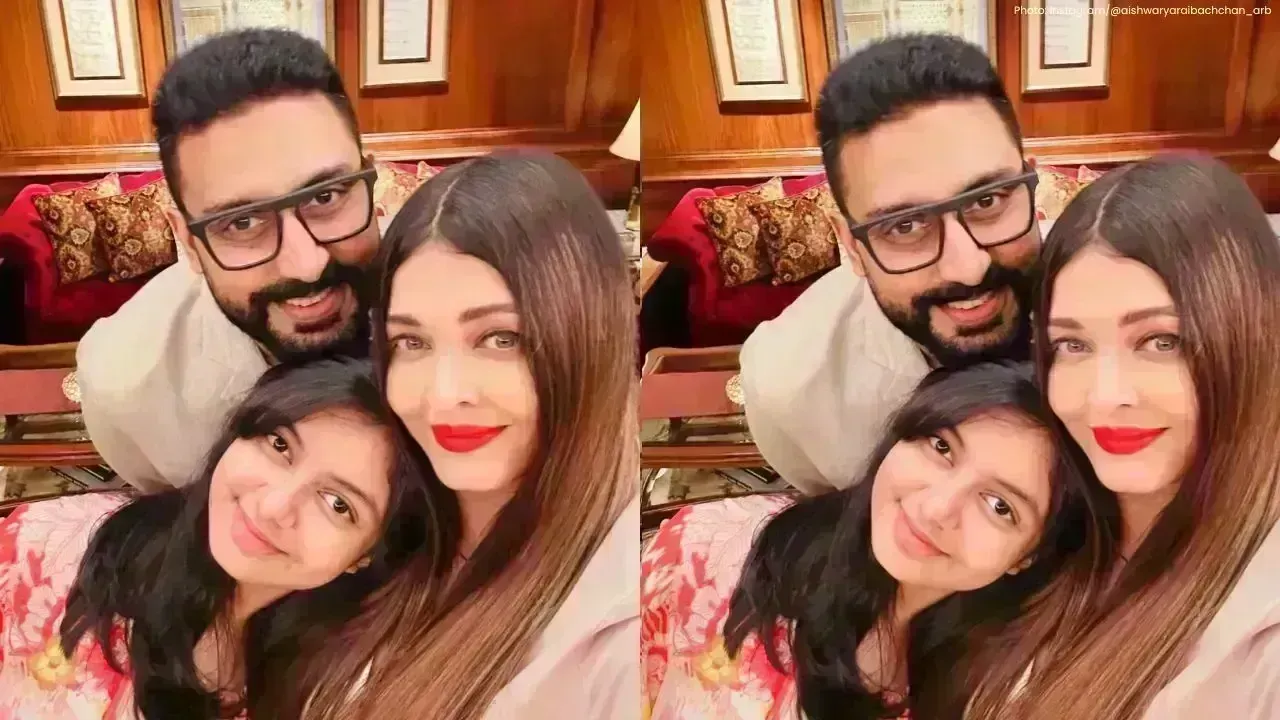
Abhishek Addresses Divorce Rumours Concerning His Family
Abhishek Bachchan confirms that daughter Aaradhya remains oblivious to divorce speculations, focusin